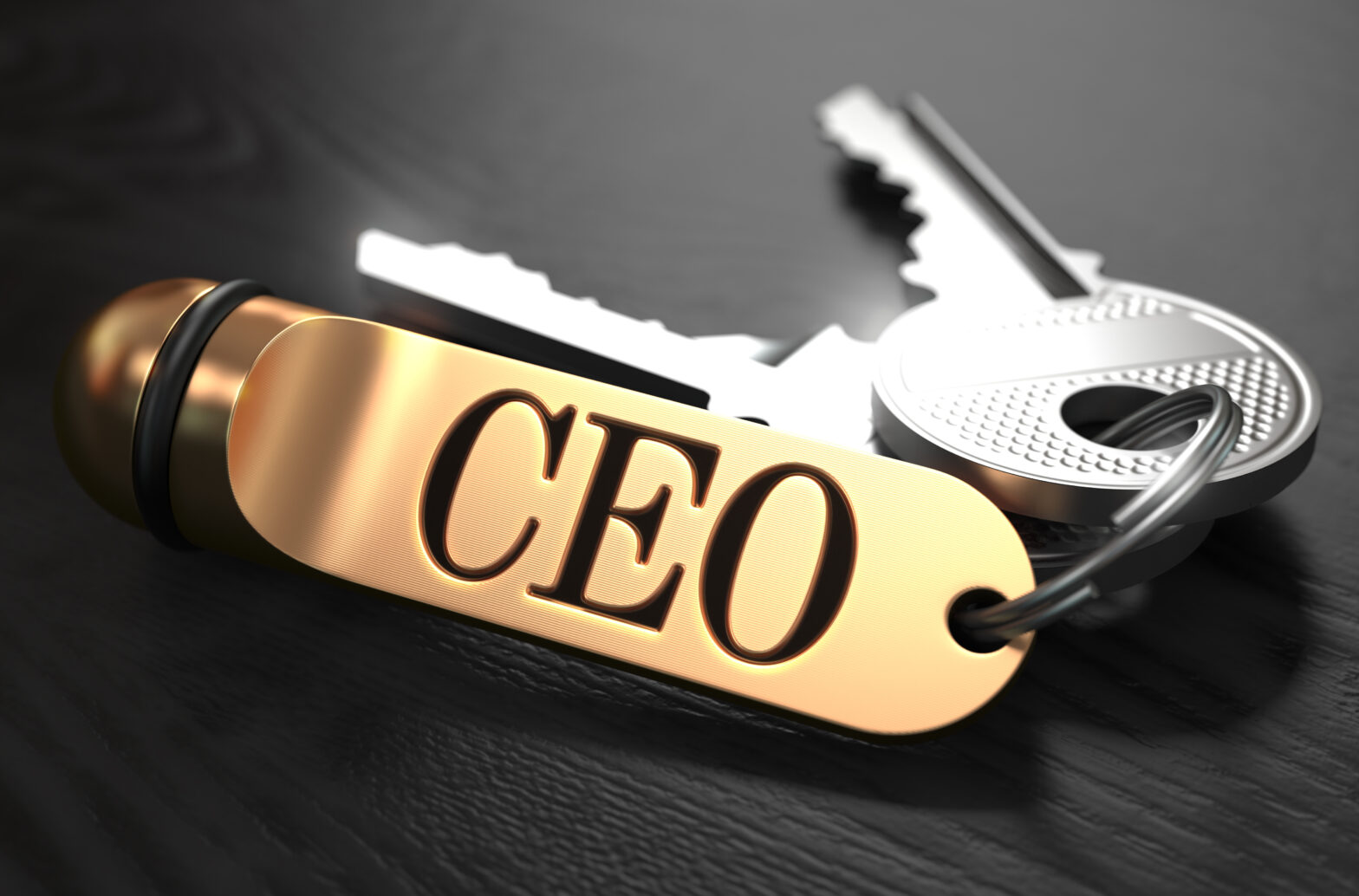For Jasmine Whitbread, the CEO of Save the Children (StC), the stakes are as high as they come. In fact, getting the form and shape of the business right really is a matter of life and death.
‘We want to make sure that no child dies before the age of five for preventable reasons,’ says Whitbread, who left her position as a director at Oxfam to run StC in 2005.
Since joining, she has taken StC’s revenue from £130 million to £216 million. Staff numbers range from 5,000 to 6,000, depending on any given emergency. ‘What we’re obsessing about now is that if we are to make these changes for children in the 21st century, then we need to ensure that the changes we make in the organisation are relevant.’
When Whitbread started, she recalls underestimating how ‘stretched’ she would feel in the role. ‘It wasn’t the volume, as in the amount of work, it was the scope and sense of responsibility and the call on my judgement,’ she explains. ‘It’s not only internally, but as a chief executive you are much more of a public figure. You are the visible face of the organisation; you’re always in the public eye. At the start, you realise you never have a private moment and are always expected to have top-notch judgement.’
See also: What CEO do you need for each stage of your company’s growth? – Phil Peters, partner of digital practice at Savannah Group, explores the idea of changing CEOs during your company’s growth.
Richard Glasson made the switch from chief operating officer (COO) to CEO of GyroHSR last year. Like Whitbread, he experienced that strangeness in the early days of realising that the buck really did stop with him: ‘Soon after taking over, there were a couple of occasions where finely balanced decisions needed to be made, and then you understand that everyone in the room is looking at you.’
Leading the way
The qualities needed to be a director and those required for running the entire company couldn’t be more different. David Eldridge, CEO of software specialist Alterian, comments, ‘The big difference is that while you are part of a team in the company, you’re basically the leader and you are responsible for setting the culture and vision of the business. If you’re not clear about that being your job, then it won’t be done properly. While it’s important to absorb input from others, you must be willing to make the big decisions and enforce them.’
When taking the hotseat, it’s important to make your mark, but strutting around declaring ‘I’m the CEO’ and implementing changes too radically may alienate staff.
Whitbread spent the first three months listening to staff and understanding the organisation’s pressure points. She travelled around the world, speaking to various people at the organisation, before writing a manifesto stating what had to be done. ‘People could see their own words in my report,’ she recalls. ‘Everybody knew what needed to be done but there wasn’t the bigger picture, so I pieced it all together. As a result, I had an amazing mandate, and I wasn’t on my own as I felt the whole organisation was really backing me on it.’
The hard part is judging the pace of reform. ‘If the changes were too quick, then the danger was that I would break what was there and lose people,’ says Whitbread. ‘If the reforms weren’t quick enough, then you never really get the change you need. That for me was a huge sense of responsibility, and really that came down to my judgement.’
At Gyro, Glasson says his past stint as COO made reform a tricky business.
‘The dichotomy I had was that I had been a partner with the previous CEO for seven years and then he left. So I was very much a part of putting together the previous strategy; I had to put my stamp on the business without undermining what I had endorsed in the past.’
Six months after taking charge, the company merged with a much larger US business, increasing the workforce to over 600 staff spread across 17 offices around the globe. For Glasson, the fact that the deal went through vindicates his softly-softly approach. ‘It took us a year to roll out a reasonably radical strategy for the business. If that had come out on day one, it would have raised too many questions.’
Working with a chairman
A chairman can be immensely important as a CEO beds into the role. Whitbread has worked with two chairmen and observes it was the first one who offered her the position and recommended taking a measured, contemplative approach during the first three months. ‘The relationship with the chairman is absolutely critical,’ she says.
Alterian’s Eldridge agrees, observing that ‘despite the fact you are surrounded by your executive team, it can be a bit of a lonely job’. He adds, ‘I’m very lucky – I have a good chairman and non-executives. They are supportive and experienced and have tremendous input.’
Whitbread’s chairman also put her in touch with a mentor who was in charge of a large retail chain: ‘I remember one of the sessions after the honeymoon period of being CEO was over, when the full scope of the job was clear to me. I saw this chief exec who was mentoring me and told him how I felt and he suddenly cut in and said: “Oh, poor Jasmine.” It was so funny. It worked as that was exactly what I needed to hear.’
Humility counts
Stephen Archer, a director at business consultancy Spring Partnerships, has provided leadership training to executives at Nestlé, Disney and Carlsberg. He says that, regardless of the size of a company, the biggest mistake a chief executive can make is to become too remote from others. ‘With isolation goes poor communication. With that, a CEO becomes detached from the business. You have got to walk the floor and be seen to walk the floor.’
The trick is to understand the business while not interfering in the mechanics of everyday operations. ‘CEOs should be 70 per cent in the strategy box and 30 per cent in the leadership box, and they need to steer clear of operational work,’ says Malcolm Follos, MD of consultancy Sensei UKE.
Eldridge is careful not to get bogged down in the nitty-gritty. ‘I do chair the operational meetings and I spend a lot of time with customers and business partners, but I’m not involved in trying to execute individual plans within the company. The management team delivers that,’ he says.
At the core of the role is the ability to inspire people and keep the business fresh. Follos says, ‘As a good CEO, you have to look at your organisation and identify the passion killers. What ritualistic habits is the company engaging in that sap people’s energy and cause frustration? Part of the CEO’s role is as a disrupter. But you have to be careful about which part of the business and who you disrupt.’
An entire industry has sprung up around teaching leadership. Preparation will only get you so far, however, as there is an element to being an effective CEO that can only come from experience: the charisma to make employees enjoy their job, the force to drive the business forward and the understanding of the day-to-day pressures of delivering a good product or service.
Whitbread says, ‘I don’t think anything I’ve done in terms of reading up about the organisation, thinking myself into the role, talking to other CEOs or convincing myself that the switch [from director] wasn’t that enormous, could really prepare me. You just have to jump in and do it.’







